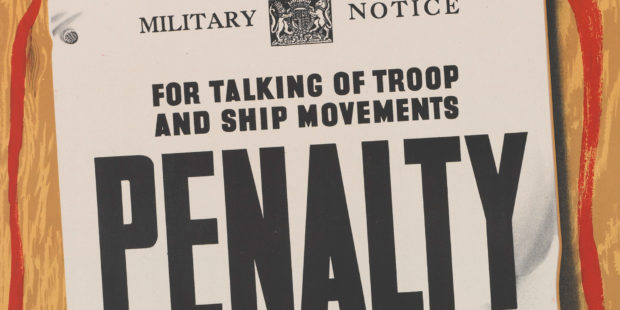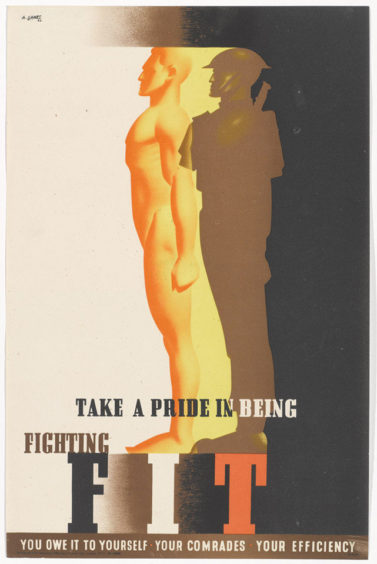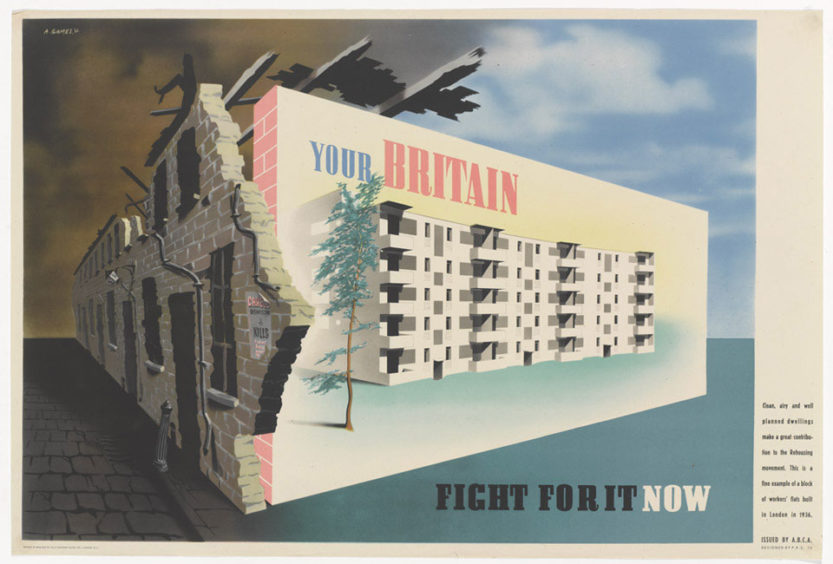The build-up to D-Day was shrouded in secrecy as the Allies’ attempts to launch a pivotal offensive in 1944 could only succeed if the Germans had no idea about their plans.
Abram Games was the official war poster artist during the conflict and his striking images reflected the message that careless talk would not only cost lives, but could jeopardise the whole campaign against Hitler.
Installed in the War Office public relations directorate in 1941, Mr Games – a proud soldier and staunch socialist – was employed to create works that delivered important messages to soldiers and civilians alike.
While all his wartime posters were of equal relevance, some of the most distinctive were those which communicated the impact of idle chatter about operational matters, such as his warning to those who engaged in gossip about D-Day.
Authorised and printed on May 26, 1944, the famous poster appeared across barracks in the final few days before the Normandy Landings on June 6.
It provided a stark reminder that disclosing secrets could imperil one of the war’s most significant operations and, equally, that ‘you’ might be responsible for the death of your comrades.
Mr Games died in 1996 but his daughter, Naomi, speaking on behalf of The Estate of Abram Games, said yesterday she is thrilled her father’s efforts were gaining recognition.
She added: “We are delighted that our father’s war work will be exhibited at the National Army Museum in Chelsea until November 24.
“He was proud to be a Londoner and a member of the British Army. It is fitting that the work of the only ever War Poster Artist is exhibited at the museum.”
The full body of his wartime work is on display in The Art of Persuasion, which presents more than 100 posters Games created during his employment as an artist for the Public Relations Department at the War Office, from 1941 until 1945.
The exhibition explores how his Jewish refugee heritage, experiences as a soldier and the turbulent politics of wartime Britain shaped the career of a man who continues to influence design industry professionals today.
It will include a diverse range of posters from the museum’s collection alongside loans from the estate of Abram Games.
His painting smock and palette, airbrush and school report will be displayed alongside the sealed pattern of his cap badge design for the Royal Armoured Corps and his iconic posters: ‘Join the ATS (‘the blonde bombshell’)’, ‘Your talk may kill your comrades’, and ‘Your Britain: fight for it now’.
Justin Maciejewski, director of the National Army Museum, said: ‘The work of Abram Games as a graphic designer and British soldier in support of the causes of freedom and social justice during the Second World War is remarkable and inspiring.
“We are proud to be showing the full body of his work as the Army’s poster designer.”
Tickets for the exhibition can be booked at www.nam.ac.uk.



